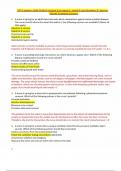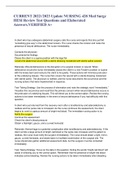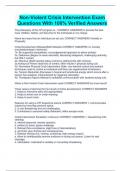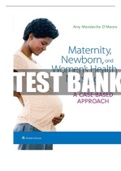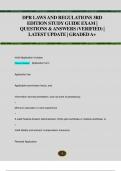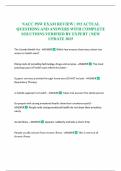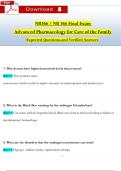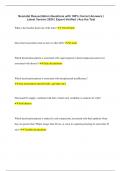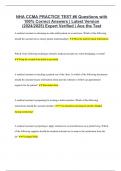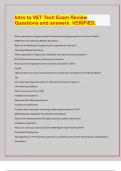Examen
ATI Capstone Adult Medical Surgical Assessment 1, Actual Exam Questions & Answers (Deeply Explained Answers)
- Grado
- Institución
ATI Capstone Adult Medical Surgical Assessment 1, Actual Exam Questions & Answers (Deeply Explained Answers)-1. A nurse is caring for an adult client who asks about vaccinations against communicable diseases. The nurse should inform the client that which of the following vaccines are available? (Se...
[Mostrar más]
